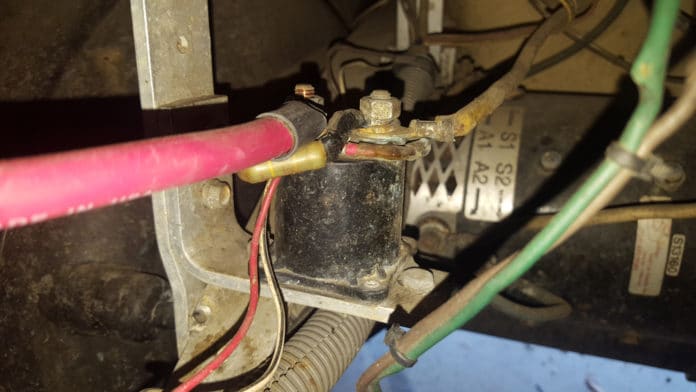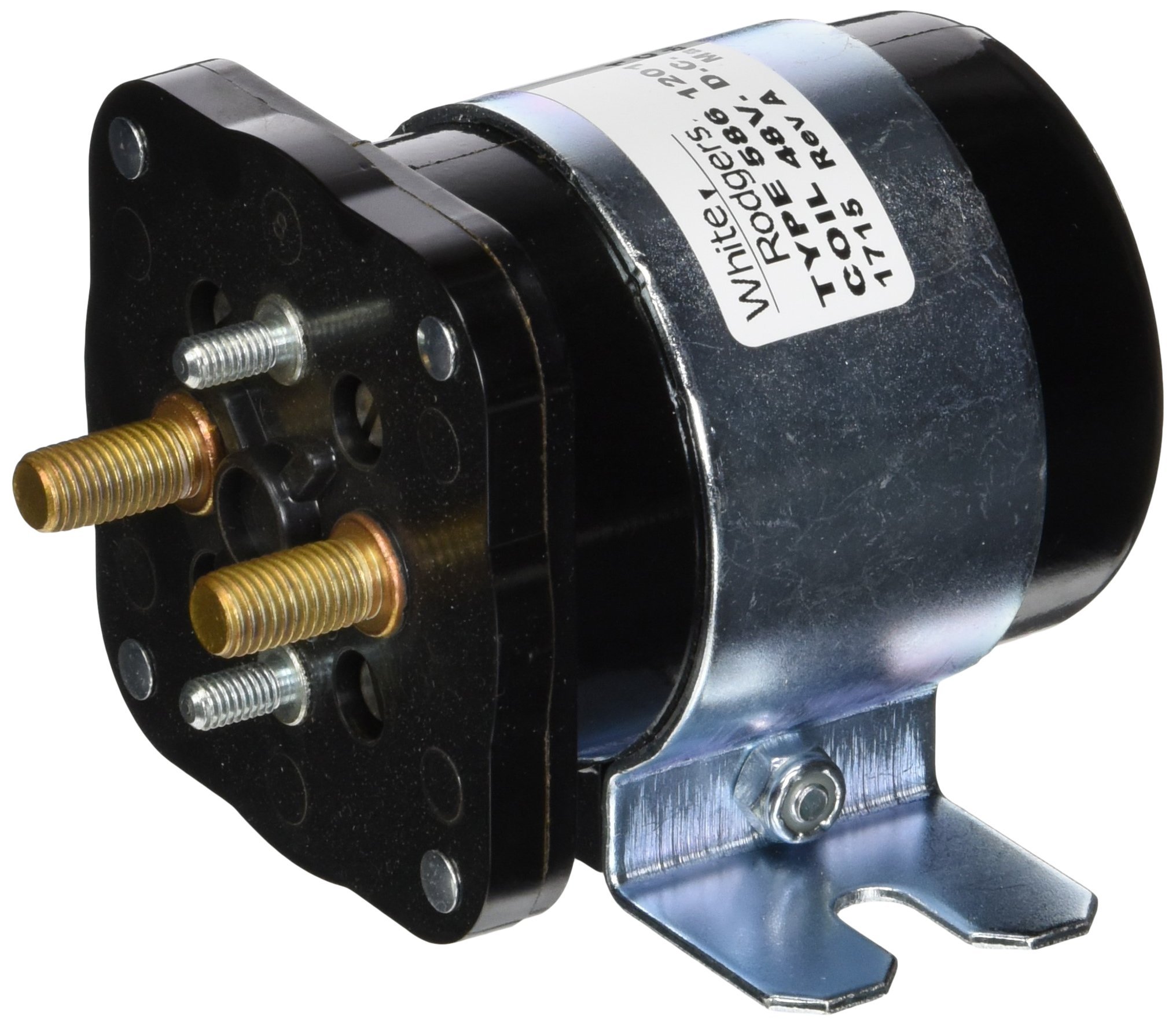Bad Boy Buggy Solenoid Problems: Quick Fixes and Tips
Bad Boy Buggy solenoid problems typically involve failure to start or power issues. Solenoids may corrode, have damaged wires, or experience coil burnout.
Troubleshooting Bad Boy Buggy solenoid issues is crucial for maintaining the performance of your electric utility vehicle. Solenoids act as the electrical switch to start the engine and control acceleration, making them integral to your Buggy’s operation. Common problems with these components can often stem from environmental exposure leading to corrosion or internal wear due to frequent use.
Recognizing the symptoms early, such as the vehicle hesitating to start or losing power unexpectedly, can prevent more significant damage to your Buggy’s electrical system. Regular maintenance checks and timely repairs ensure your Bad Boy Buggy remains reliable and ready for any rugged outdoor adventure. With proper care, you can minimize the risks of solenoid malfunctions and enjoy a smoother operation from your off-road vehicle.
Identifying Common Solenoid Problems
Identifying common solenoid problems in a Bad Boy Buggy can prevent costly repairs and downtime. Symptoms of a faulty solenoid include clicking sounds when attempting to start the vehicle, a complete lack of response from the engine, and intermittent starting issues. Owners may also notice the engine starting unpredictably or the vehicle spontaneously stalling during use.
Diagnosing the issue begins with inspecting the solenoid connections for corrosion or looseness. A multimeter can help verify the solenoid’s functionality by checking for the correct voltage. Continuity tests can also determine if internal contacts are damaged. Persistent problems, despite sound connections and correct voltage readings, often suggest an internal failure of the solenoid itself.
It’s crucial to recognize when to seek professional help. Severe electrical issues, complex diagnostic procedures, or continual failures after replacing parts are strong indicators that professional expertise is needed. Specialists in electric vehicle repairs can pinpoint the precise cause of solenoid troubles and implement solutions that may be beyond the scope of typical DIY maintenance.
Quick Fixes And Tips For Solenoid Woes
Basic Solenoid Repairs often start with ensuring that battery terminals are clean and tightly connected. It’s crucial to verify that the solenoid itself is not corroded and is adequately grounded. A common issue is a faulty connection where the solenoid meets the battery and motor, so these should be inspected regularly.
Engaging in Preventative Maintenance Steps can save you from future headaches. Regularly testing your solenoid for resistance and continuity with a multimeter is advisable. Also, make sure to keep your battery fully charged, as a low charge can frequently lead to solenoid issues.
For effective repairs and maintenance, having the right Tools and Supplies on hand is essential. This includes a wrench set, wire brush, multimeter, and replacement solenoids if necessary. Always disconnect the battery before attempting any repairs to avoid short circuits and ensure a safe work environment.
Advanced Solutions For Persistent Problems
Testing the Solenoid functionality of a Bad Boy Buggy involves a systematic approach. Initially, ensure the battery is fully charged and clean terminal connections are established. Utilize a multimeter to check for voltage at the solenoid’s input side while pressing the accelerator. A reading should reflect battery voltage. No voltage suggests a wiring issue or a defective key switch. Subsequently, verify the output terminal, which should exhibit voltage mirroring the input when the solenoid is engaged. Absence of output voltage often indicates a faulty solenoid requiring replacement.
Regarding Replacement and Upgrading Options, selecting a higher capacity solenoid might enhance performance and longevity. Opt for a unit that corresponds with your model’s specifications. Keep in mind the importance of choosing a solenoid with adequate amperage to handle your Bad Boy Buggy’s demands to prevent future failures.
Last Resort Troubleshooting Techniques include inspecting the entire electrical circuitry for loose wires or corroded connections. Conducting a bench test on the solenoid can conclusively determine functionality. Should intricacies persist after thorough testing and component replacements, consulting a professional may be necessary to diagnose complex electrical issues that are not easily detectable.

Credit: golfcartresource.com
Frequently Asked Questions For Bad Boy Buggy Solenoid Problems
What Causes Bad Boy Buggy Solenoid Issues?
Solenoid problems in Bad Boy Buggies often stem from electrical issues like faulty wiring, corroded terminals, or a dying battery. Regular maintenance can prevent such issues.
How To Test A Bad Boy Buggy Solenoid?
To test a Bad Boy Buggy solenoid, use a multimeter to check for continuity. No continuity indicates a faulty solenoid. Also, listen for a clicking sound when activating the solenoid.
Can Solenoid Problems Affect Bad Boy Buggy Performance?
Yes, a malfunctioning solenoid can lead to power loss and starting issues in Bad Boy Buggies. It’s an essential component for proper electric motor operation.
Common Signs Of Bad Boy Buggy Solenoid Failure?
Signs include intermittent buggy startup, complete failure to start, or unusual noises from the solenoid. Any of these symptoms warrant a solenoid check.
Conclusion
Troubleshooting Bad Boy Buggy solenoid issues can seem daunting at first glance. Yet, with careful steps and keen attention to detail, resolving these challenges is entirely feasible. Remember to always prioritize safety and consult professionals if needed. Tackling solenoid problems head-on ensures your Bad Boy Buggy remains a reliable partner on all your off-road adventures.
Keep riding smoothly, and never let solenoid woes hold you back!






